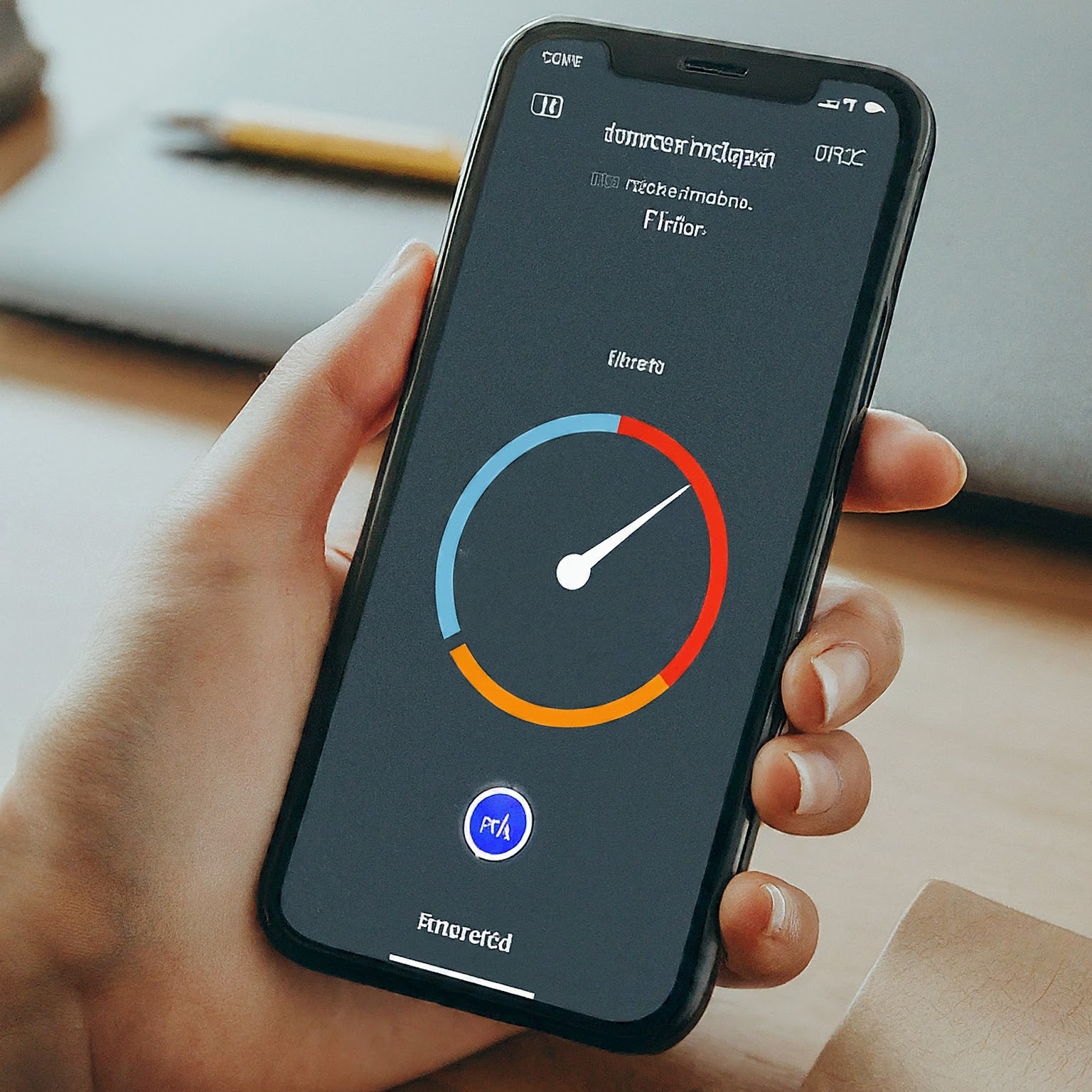In today’s digital age, a reliable internet connection is essential for work, entertainment, and communication. Running an internet speed test is a crucial step in assessing the performance of your internet service. By understanding your connection speed, you can troubleshoot issues, optimize your online experience, and make informed decisions about your internet plan.

What Does an Internet Speed Test Measure?
An internet speed test evaluates three key metrics:
- Download Speed: This measures how quickly data is transferred from the internet to your device. It impacts activities like downloading files, streaming videos, and online gaming.
- Upload Speed: This determines how fast data can be sent from your device to the internet. It affects tasks like video conferencing, file sharing, and online backups.
- Ping (Latency): This measures the response time between your device and a remote server. Low ping is crucial for online gaming and real-time communication.
How to Run an Internet Speed Test
Several online platforms offer free internet speed tests. Popular options include:
- Speedtest by Ookla: A widely recognized platform that provides detailed results.
- Fast.com: A simple and straightforward test offered by Netflix.
- Google Speed Test: Integrated into the Google search engine for quick results.
- Xfinity Speed Test: Specifically designed for Comcast/Xfinity customers.
To run an internet speed test, follow these general steps:
- Choose a reliable platform: Select a speed test provider that suits your needs.
- Close unnecessary applications: Close programs that might consume bandwidth to ensure accurate results.
- Connect directly: If using Wi-Fi, try connecting your device directly to the modem with an Ethernet cable for a more accurate test.
- Run the test: Click the “Start” or “Begin Test” button on the chosen platform.
- Analyze results: Review the download speed, upload speed, and ping values displayed.
Factors Affecting Internet Speed Test Results
Several factors can influence the outcome of your internet speed test:
- Time of day: Network congestion can impact speeds during peak usage times.
- Device performance: Older or less powerful devices might limit test accuracy.
- Wi-Fi interference: Wireless signals can be affected by obstacles and other electronic devices.
- Internet plan: Your chosen internet plan determines the maximum potential speed.
Improving Your Internet Speed
If your internet speed test results are below expectations, consider these steps:
- Restart your modem and router: This can resolve temporary connection issues.
- Check for network congestion: Avoid using bandwidth-intensive applications during peak hours.
- Optimize Wi-Fi network: Improve signal strength by relocating your router or using a Wi-Fi extender.
- Upgrade your internet plan: If your current plan is insufficient, consider upgrading to a faster option.
- Contact your internet provider: If issues persist, reach out to your ISP for troubleshooting or technical support.
Using Internet Speed Test Results
Understanding your internet speed is valuable for:
- Troubleshooting connection problems: Identify whether slow speeds are caused by your internet service or device issues.
- Optimizing online activities: Choose the right streaming quality or game settings based on your connection.
- Comparing internet plans: Evaluate different providers and plans to find the best value for your needs.
- Monitoring internet performance: Track changes in your internet speed over time.

Conclusion
Running an internet speed test is a simple yet effective way to assess your internet connection’s performance. By understanding the factors influencing speed, taking steps to improve it, and utilizing the results effectively, you can optimize your online experience.


